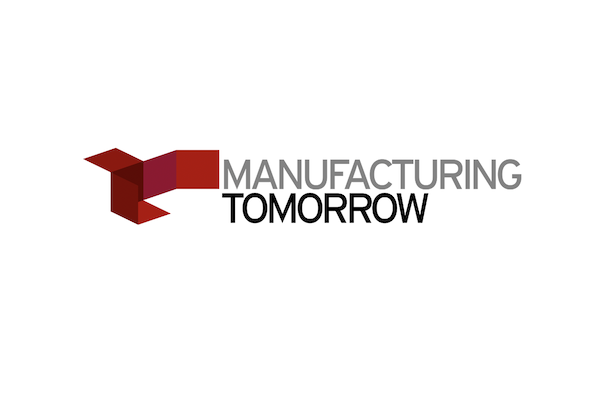Smart factories have become an integral part of the modern industrial landscape as Industry 4.0 solutions continue to shape the manufacturing industry. Smart factories promise higher production, efficiency, and cost-effectiveness using cutting-edge technologies, such as the Industrial Internet of Things (IIoT), Artificial Intelligence (AI), robotics and data analytics. However, manufacturers frequently run into several obstacles that can prevent them from successfully implementing smart factory technologies. In this article, I will delve into the most common errors manufacturers make when working to create a smart factory, along with advice on how to prevent these mistakes.
Lack of Clearly Defined Objectives and Strategy
One of the most significant errors made is starting the process of building a smart factory without a clear plan in place. Business leaders must first examine what precise goals they are looking to accomplish. This is crucial, regardless of whether the objective is to increase production efficiency, decrease downtime, improve quality control, understanding and reporting on greenhouse gas (GHG) emissions or simplify supply chain management. Before making significant investments in technologies, a thorough strategy that reflects the company’s long-term vision and addresses potential roadblocks must be established.






